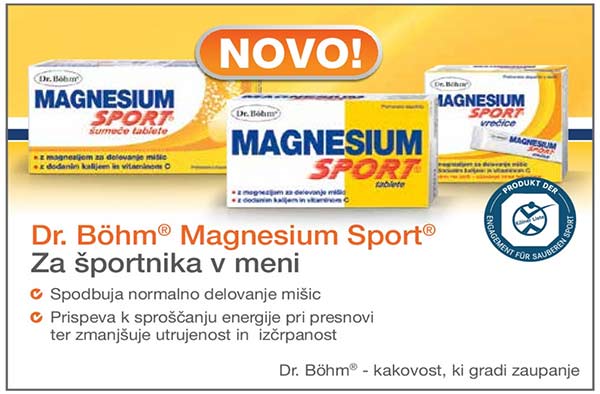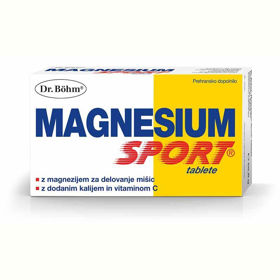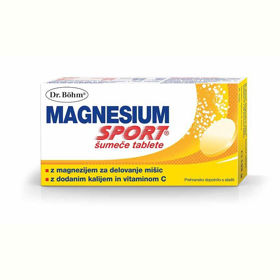There are a whole range of magnesium preparations that contain a mineral substance in inorganic or organic compounds. However, the compound plays no role in the pharmacological bioequivalence and general resorption of magnesium. The assumption that magnesium from organic salts is “better” is widespread, but this is not true when it comes to long-term supply. Whether magnesium oxide or magnesium citrate is recommended depends on the individual situation and tolerance.
Bioavailability of magnesium oxide
The solubility of magnesium oxide in water is limited under normal conditions (pH 7.0, 20 ° C). The basis of this biological "inhibitory resorption" is the law of mass action according to the following dissociation equation: poorly soluble MgO + 2 H20 - > Mg (OH) soluble 2 .
As soon as the intestinal epithelium absorbs the magnesium ions that have primarily passed into solution, the balance is disturbed and magnesium is immediately released from the magnesium oxide. This process takes place throughout the duration of the passage through the intestine and allows for constant, very good absorption from several hours to several days. In this way, magnesium reserves can be established and maintained in a natural way in the long run.
Homeostasis and the course of resorption
There are two transport pathways that are responsible for the resorption of magnesium ions in the gut. Active transport takes place via so-called carriers and always remains unchanged at about 7.1%, no matter how high or low the magnesium intake is. Passive transport takes place in the direction of water flow and concentration gradient and is saturated with a single intake of approximately 250-300 mg. Overall, this means that there is no uniform relationship between magnesium intake and magnesium absorption, but rather that the absorption is more similar to the saturation curve. Therefore, resorption is reduced from 65% at very low intake (70 mg) to about 11% at extremely high intake (2 g).
Example:
· If we take 150 mg 3 times a day, about 208 mg or 46%.
· If you take 450 mg once a day, only 108 mg or 24%.
Same amount of absorption, different course of resorption
When magnesium oxide or magnesium citrate are recommended. it primarily depends on the individual situation. Both options have clear advantages - neither magnesium oxide nor magnesium citrate are each "better" or "worse".
The sum of resorbed magnesium ions from magnesium citrate corresponds to those from magnesium oxide, but there are different resorption pathways for both compounds. Magnesium citrate is considered a water-soluble pain, which is not always an advantage. Rapid absorption briefly increases magnesium levels. But due to homeostasis, resorbed magnesium is also rapidly excreted again. With this short stay in the body, the stores in the bones and muscles cannot be replenished effectively. Magnesium citrate is therefore ideal for a quick and short-term supply of magnesium in sports and muscle cramps. In contrast, magnesium oxide is recommended for long-term formation of magnesium levels and replenishment of the body's own magnesium stores.
Summary
It has been scientifically proven that the utility and bioequivalence of organic magnesium compounds such as magnesium citrate and inorganic magnesium oxide are the same. The different resorption pathways result only from the rate of absorption.












 Facebook
Facebook
 Instagram
Instagram
 info@moja-lekarna.com
info@moja-lekarna.com

